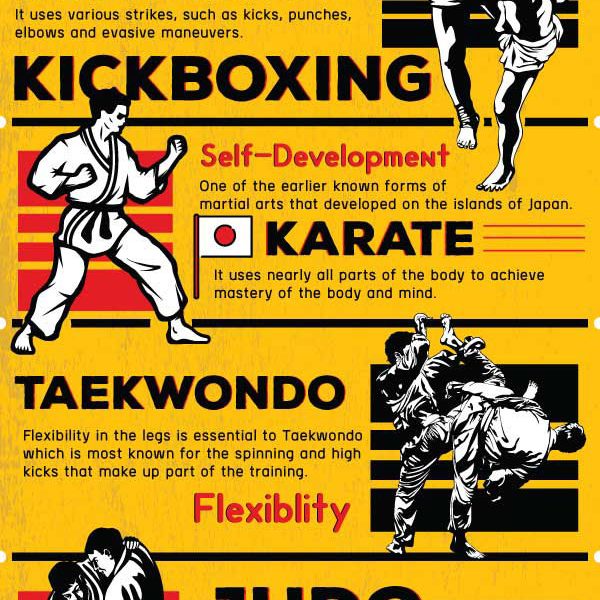Key Differences In Between Typical Martial Arts And Modern Combat Sports: An Extensive Evaluation
Key Differences In Between Typical Martial Arts And Modern Combat Sports: An Extensive Evaluation
Blog Article
Write-Up By-Valentine Johnson
When you consider martial arts, do you lean much more towards the standard methods or the modern-day battle sports? Each path uses special advantages and experiences, shaped by their philosophies and training techniques. Traditional martial arts highlight personal development and discipline, while modern-day fight sporting activities concentrate on competitors and performance. Recognizing these differences can direct you in picking the appropriate strategy for your trip. However exactly how do these distinctions materialize in training and ideology?
The Ideology and History Behind Standard Martial arts
While many people associate martial arts with physical battle, the ideology and history behind conventional martial arts run much deeper. You'll discover that these techniques emphasize individual growth, technique, and respect.
Stemming from old methods, typical martial arts were typically developed for Self-Defense and spiritual development. They personify concepts such as equilibrium, consistency, and self-constraint, leading professionals past plain combating abilities.
As you educate, you'll not only learn methods but likewise obtain understandings into the culture and values that formed these arts. martial arts for adults beginners near me and customs, frequently passed down through generations, cultivate a sense of community and belonging.
The Affordable Nature of Modern Battle Sports
Modern fight sporting activities have changed the landscape of martial arts into an extremely affordable sector, where athletes challenge in an examination of skill, technique, and endurance.
https://www.hindustantimes.com/web-stories/different-forms-of-martial-arts-in-india-7358 'll see that competitors are often arranged with stringent policies and laws, making certain justice and safety. These occasions draw in large target markets, fueling the enjoyment and intensity of competitions.
Athletes train carefully, not just for physical expertise however likewise for mental durability, knowing that every detail counts in the ring. The adrenaline thrill throughout competitions is palpable, as boxers press their limits to assert success.
Followers appreciate the athleticism and creativity included, making modern fight sporting activities a thrilling phenomenon that remains to evolve and captivate enthusiasts around the world.
Training Techniques and Strategies: A Relative Evaluation
The competitive ambience of modern fight sporting activities demands innovative training techniques that differ considerably from conventional martial arts.
In modern training, you'll concentrate on details methods, sparring, and conditioning, commonly making use of drills that simulate real fight circumstances. You'll see a focus on quantifiable performance and frequent competitors to assess your skills.
On the other hand, traditional martial arts prioritize forms, katas, and philosophical mentors, usually highlighting self-control and respect over competition.
Training is usually much less intense and may include recurring practice as opposed to real-time sparring.
While both techniques build skill and physical fitness, modern combat sporting activities offer a much more vibrant and versatile training environment, preparing you for instant obstacles in the ring or cage.
Select the course that lines up with your goals and passions.
Verdict
In selecting in between traditional martial arts and modern combat sports, it actually comes down to what you value the majority of. If you're trying to find individual growth, technique, and a feeling of community, traditional arts might be your best fit. However if you prosper on competitors and real-time difficulties, contemporary combat sports could be the way to go. Inevitably, both paths provide one-of-a-kind advantages, so it's all about aligning your training with your personal goals and passions.
